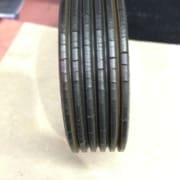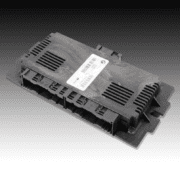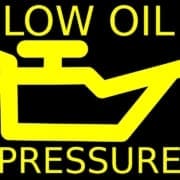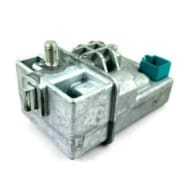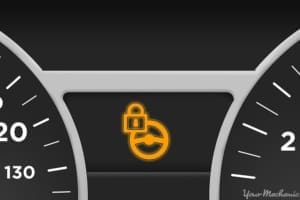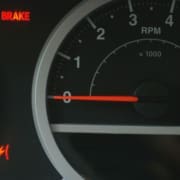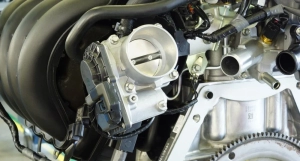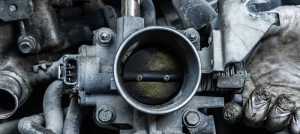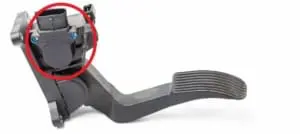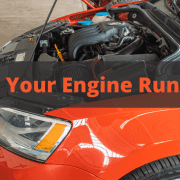Pre-Purchase Car Inspection: Your Guide to Buying A Car with Confidence
Buying a used car can be a smart financial move, but it’s crucial to avoid costly surprises down the road. A pre-purchase car inspection (also known as a pre-owned vehicle inspection, used car check, or pre-purchase vehicle assessment) is your best defense against buying a lemon. This comprehensive guide answers your questions about pre-purchase inspections and explains how Michanic can help you make an informed decision.
Knowledge Base: Pre-Purchase Inspections Explained
What is a pre-purchase car inspection?
A pre-purchase car inspection is a thorough examination of a used vehicle by a qualified mechanic. The goal is to identify any existing or potential problems before you commit to buying. This gives you valuable information to negotiate a better price or walk away from a bad deal.
Why is a pre-purchase inspection important?
- Avoid costly repairs: Hidden mechanical issues can be expensive to fix. An inspection can uncover these problems, saving you money in the long run.
- Negotiate a fair price: Identifying necessary repairs gives you leverage to negotiate a lower price or request the seller to address the issues.
- Peace of mind: Knowing the true condition of the vehicle gives you confidence in your purchase.
- Safety: An inspection can reveal safety concerns that might not be obvious to the untrained eye.
What does a pre-purchase inspection entail?
A typical pre-purchase inspection covers various aspects of the vehicle, including:
- Engine: Compression test, fluid leaks, timing belt condition, overall performance.
- Transmission: Smooth shifting, no slipping or unusual noises.
- Brakes: Pad thickness, rotor condition, brake line leaks.
- Suspension: Shocks, struts, control arms, alignment.
- Steering: Play in the steering wheel, power steering functionality.
- Electrical system: Lights, battery, starter, alternator.
- Body: Rust, dents, previous accident damage.
- Interior: Upholstery, dashboard, electronics.
- Test drive: Evaluating the car’s performance in real-world conditions.
- Diagnostics: Scanning the vehicle’s computer for error codes.
Do dealerships allow pre-purchase inspections?
Many reputable dealerships welcome pre-purchase inspections and understand that it builds trust with the buyer. Some even encourage it. For example, companies like WeBuyCars often facilitate independent inspections. Don’t hesitate to ask the seller about their policy. If a seller resists an inspection, it may be a red flag.
How much does a pre-purchase inspection cost?
The cost of a pre-purchase inspection varies depending on the level of detail and the mechanic’s rates. At Michanic, we offer two tiers of inspections to suit your needs:
- Comprehensive Inspection (R1700): Our most thorough inspection covers all the points listed above, providing a complete picture of the vehicle’s condition.
- Basic Inspection (R900): A more focused inspection covering key areas, ideal for budget-conscious buyers.
Where can I get a pre-purchase inspection in South Africa?
Michanic offers pre-purchase inspections across South Africa through our network of trusted mechanics. We bring the inspection to you, making the process convenient and hassle-free.
Michanic Pre-Purchase Inspection: Your Smartest Move
Don’t gamble with your money. Invest in a Michanic pre-purchase inspection and buy with confidence. Our experienced mechanics will thoroughly assess the vehicle, providing you with a detailed report outlining its condition.
Why Choose Michanic for Your Pre-Purchase Car Inspection?
✅ Expert Mobile Mechanics – We come to your location, saving you time and effort. ✅ Comprehensive Reports – Get a detailed breakdown of the car’s condition with photos and expert insights. ✅ Instant Booking & Convenience – Book your inspection online and get a same-day or next-day appointment. ✅ Transparency & Peace of Mind – Know exactly what you’re buying and avoid costly repairs later.
Book Your Pre-Purchase Inspection Today!
Don’t take risks when buying a second-hand car. Protect your investment with a trusted car inspection service from Michanic. Book online now or contact us for more information.



